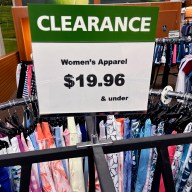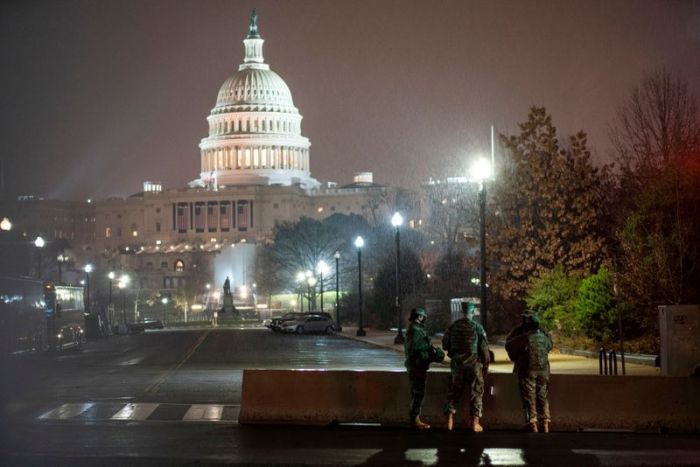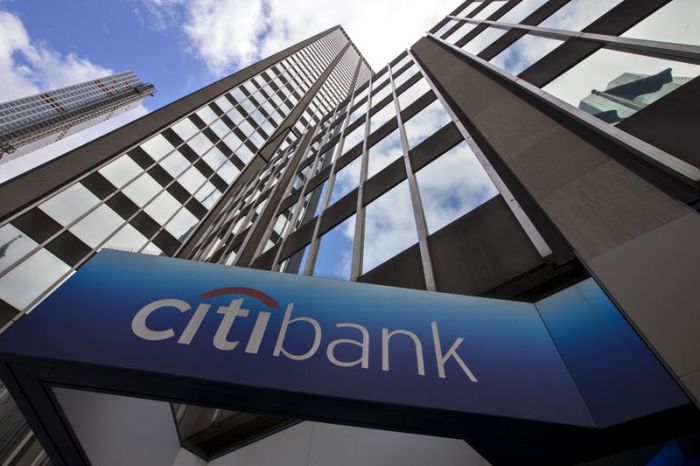(Reuters) – U.S. consumer sentiment dipped in early January as Americans reacted to the assault on the U.S. Capitol and a relentless surge in COVID-19 infections and deaths, the University of Michigan said on Friday in a report that also showed a deep partisan divide in views on the economy and outlook.
The University of Michigan’s consumer sentiment index dropped to 79.2 early this month from a final reading of 80.7 in December. Economists polled by Reuters had forecast the index would be little changed at 80.
“Consumer sentiment posted trivial declines in early January despite the horrendous rise in COVID-19 deaths, the insurrection, and the impeachment of Trump,” University of Michigan Surveys of Consumers Chief Economist Richard Curtin said in a statement.
(GRAPHIC: Shifting tides of consumer sentiment by party – https://graphics.reuters.com/USA-ECONOMY/SENTIMENT/bdwpkydorpm/chart.png)
The survey period covered the earliest days in January, including Jan. 6, when thousands of angry supporters of Donald Trump stormed the Capitol as lawmakers were certifying Democrat Joe Biden’s victory over the Republican president in the Nov. 3, 2020, election. Trump, who leaves office on Jan. 20, has subsequently been impeached for inciting the crowd to violence.
The report revealed a chasm in economic sentiment between Republicans and Democrats.
Even as the survey’s overall reading of sentiment dipped modestly, it plummeted to a six-and-a-half-year low among Republicans while surging to a four-year high among Democrats.
(GRAPHIC: Expectations have swung after both recent elections – https://graphics.reuters.com/USA-ECONOMY/SENTIMENT/dgkplkxmxvb/chart.png)
In both cases, the swings were driven by each group’s perceptions of the economic outlook, darkening among Republicans to pre-Trump administration levels and brightening among Democrats to levels registered in the final months of Barack Obama’s presidency.
The magnitude of the swing in expectations by party affiliation in the last six months of 2016 and 2020 were nearly identical at around 74 points, Curtin noted.
“The Trump and Biden partisan gaps in expectations are too extreme to be justified by economic fundamentals,” Curtin said. “Rather, the partisan gaps are rooted in sharply different policy preferences, with one side favoring economic growth and efficiency, and the other side giving top priority to greater equity and fairness in the distribution of income and wealth.”
On COVID-19, the survey found some optimism around the nascent rollout of vaccines as helping limit the decline in overall sentiment. “Importantly, COVID’s threats to physical and mental health were seen in January as more important than its financial repercussions.”
(GRAPHIC: Assessment of current economic conditions by party – https://graphics.reuters.com/USA-ECONOMY/SENTIMENT/rlgvdgkrdpo/chart.png)
(Reporting by Dan Burns; Editing by Chizu Nomiyama)



















